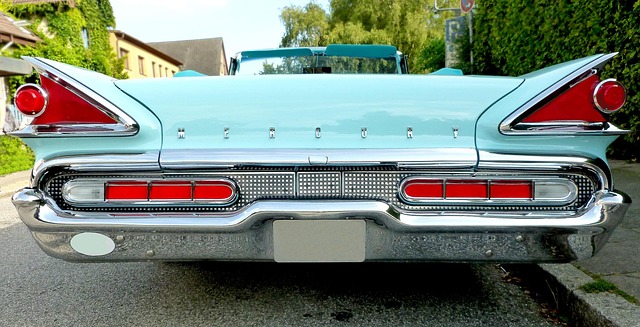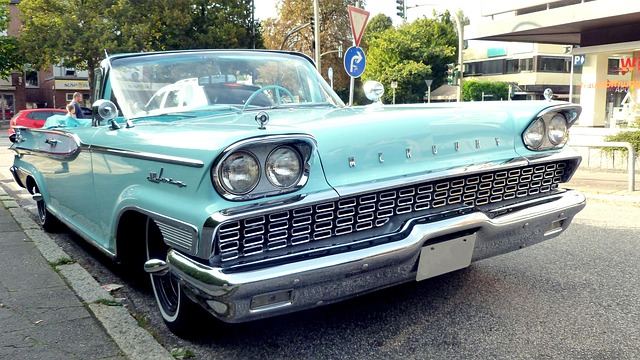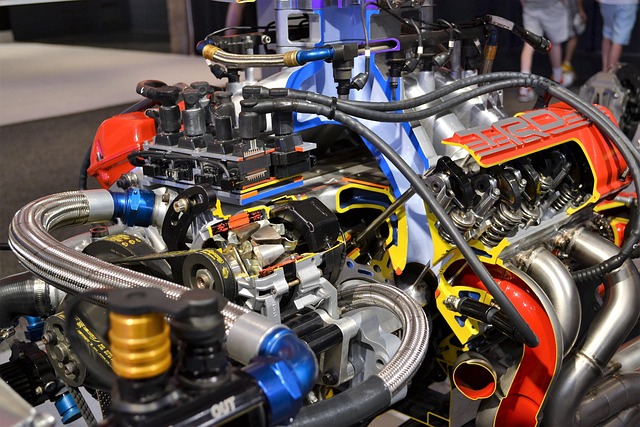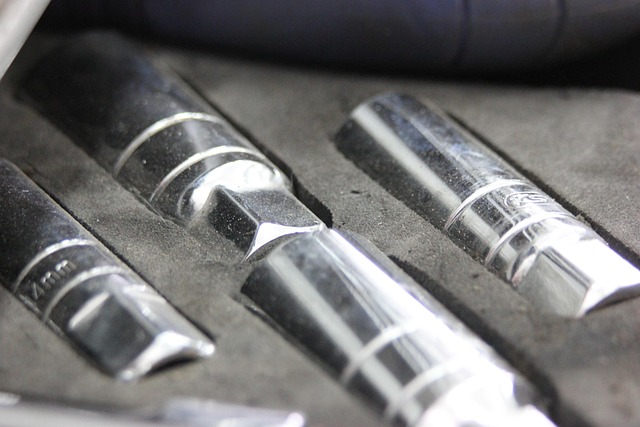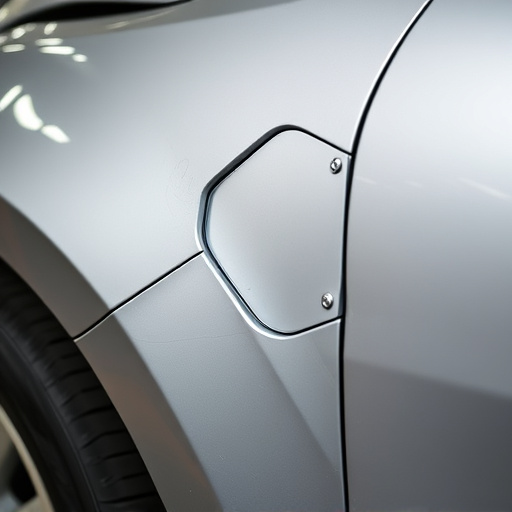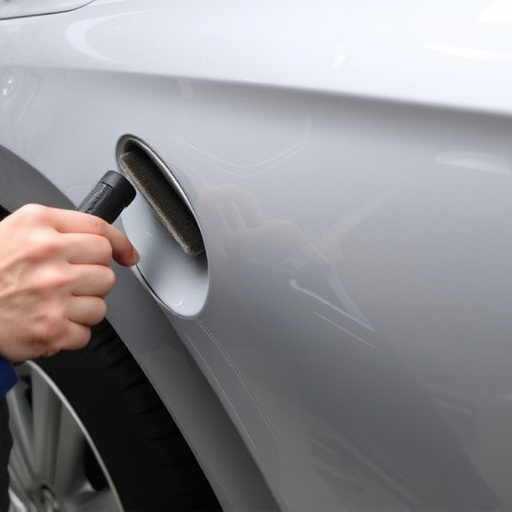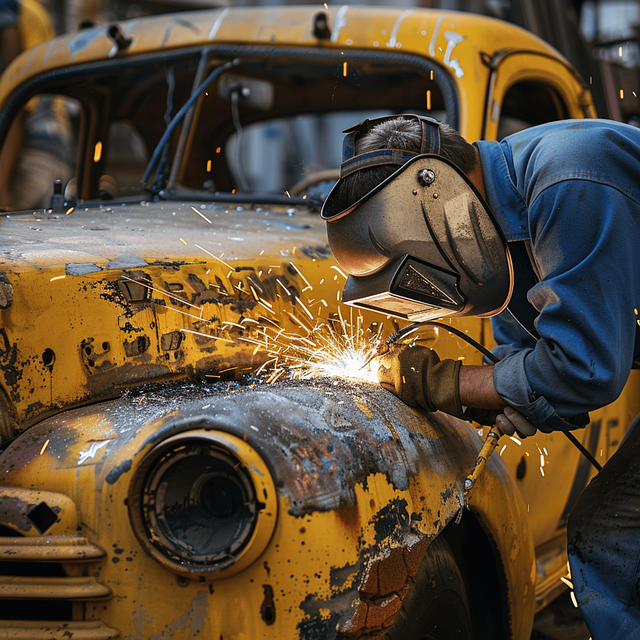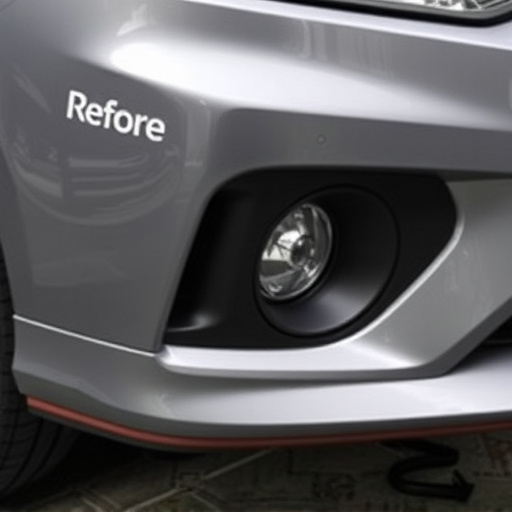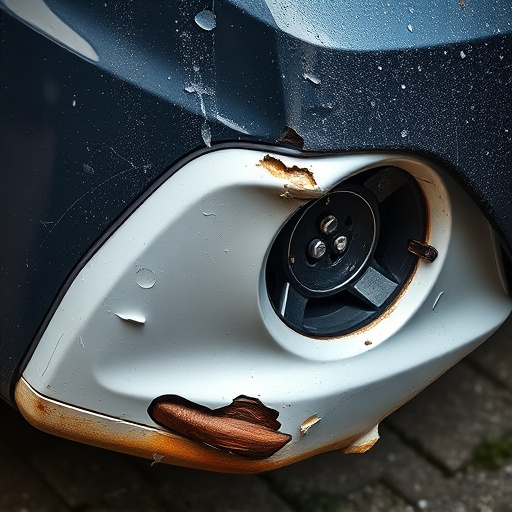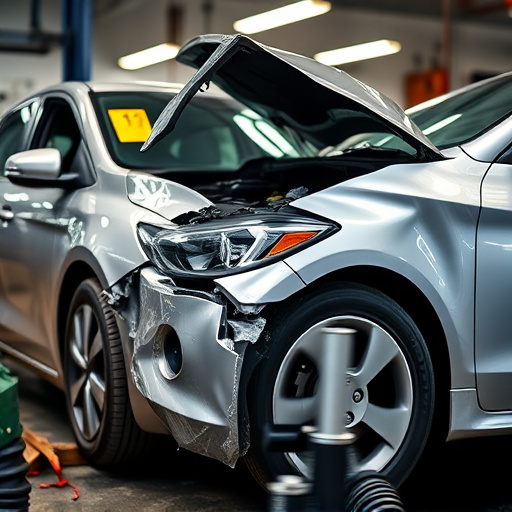Electric car body repair prioritizes sustainability due to reduced waste and fewer moving parts compared to traditional vehicles. Mercedes Benz facilities minimize metal scraps using modular designs, lowering raw material demand and simplifying recycling. This eco-friendly approach aligns with global goals, reduces energy consumption, and appeals to environmentally conscious consumers, integrating clean energy technologies for a smaller carbon footprint.
Electric car body repair is a vital component of sustainability in the automotive industry. Unlike traditional vehicles, EVs generate less waste due to their streamlined design and fewer parts. Repairs focus on precision, reducing the need for excessive materials and energy-intensive processes. This article explores how electric car body repair contributes to sustainability through enhanced recycling efforts, efficient material use, and the adoption of renewable energy sources, marking a significant step towards a greener future.
- Reduced Waste and Recycling Efforts in Electric Car Body Repair
- Lower Environmental Impact Through Efficient Materials Use
- Renewable Energy Sources Powering Sustainable Repair Processes
Reduced Waste and Recycling Efforts in Electric Car Body Repair
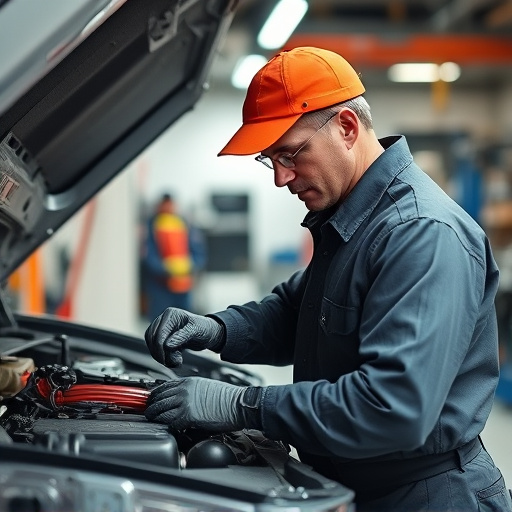
In the realm of electric car body repair, sustainability is at the forefront due to the inherent nature of these vehicles. One significant advantage lies in the reduced waste and recycling efforts required compared to traditional car models. Since electric cars have fewer moving parts, the repair process involves less scrap material generation. For instance, mercedes benz collision repair facilities specializing in electric vehicle restoration can significantly minimize metal scraps typically generated during conventional car damage repair.
This reduction in waste directly contributes to a greener environment by lowering the demand for raw materials and simplifying the recycling process. Moreover, the modular design of electric vehicles allows for easier replacement of specific components, further decreasing the amount of scrap generated. As a result, processes like car restoration can be more eco-friendly, aligning with global sustainability goals while ensuring vehicles return to their road-ready condition, whether it’s a mercedes benz collision repair or any other brand.
Lower Environmental Impact Through Efficient Materials Use
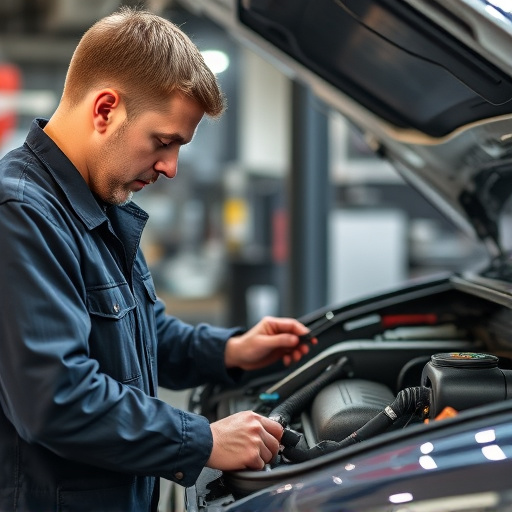
Electric car body repair stands out as a key strategy for reducing the environmental footprint of automotive maintenance. Unlike conventional vehicle repairs that often rely on resource-intensive materials and processes, electric car body shops focus on efficient material use. This approach significantly lowers the environmental impact by minimizing waste generation and energy consumption.
By adopting innovative techniques and eco-friendly practices, car body repair professionals specializing in electric vehicles can ensure that restoration efforts are in harmony with sustainability goals. Compared to classic car restoration, which may involve extensive use of rare or non-recyclable materials, modern electric car repairs prioritize sustainable alternatives. This commitment not only preserves our planet’s resources but also contributes to the overall circular economy, making electric car body repair a responsible and forward-thinking choice for environmentally conscious consumers.
Renewable Energy Sources Powering Sustainable Repair Processes
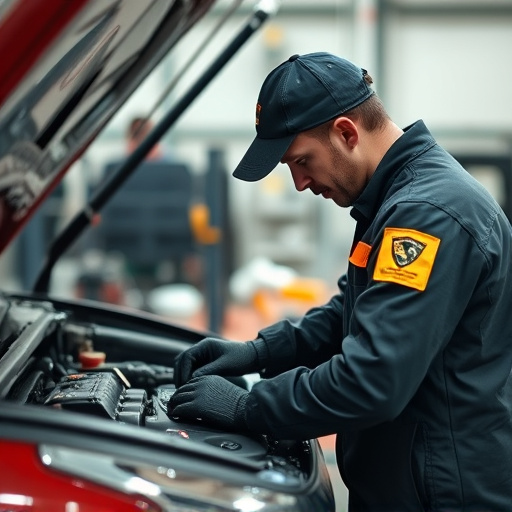
In the realm of electric car body repair, sustainability is not just a buzzword; it’s a core principle. As the adoption of electric vehicles (EVs) accelerates, so does the need for eco-friendly collision repair centers to cater to their unique needs. These centers are increasingly adopting renewable energy sources to power their repair processes, further reducing the environmental footprint of EV maintenance. Solar panels, wind turbines, and other clean energy technologies are being integrated into workshop infrastructure, ensuring that every stage of the car collision repair process operates in harmony with nature.
By leveraging these sustainable energy solutions, electric car body repair facilities can minimize their reliance on fossil fuels, cut down on greenhouse gas emissions, and contribute to a greener future. Moreover, this shift towards renewable energy not only supports the overall sustainability mission but also aligns with the evolving expectations of EV owners who prioritize eco-conscious practices in their vehicles’ lifecycle management, including fender repair and other specialized services.
Electric car body repair represents a significant step forward in sustainability, with reduced waste, efficient materials usage, and renewable energy adoption playing crucial roles. By implementing these practices, the automotive industry is not only contributing to a greener future but also setting a standard for eco-friendly vehicle maintenance. Electric car body repair, in essence, underscores the commitment to mitigating environmental impact while fostering a more sustainable transportation ecosystem.
